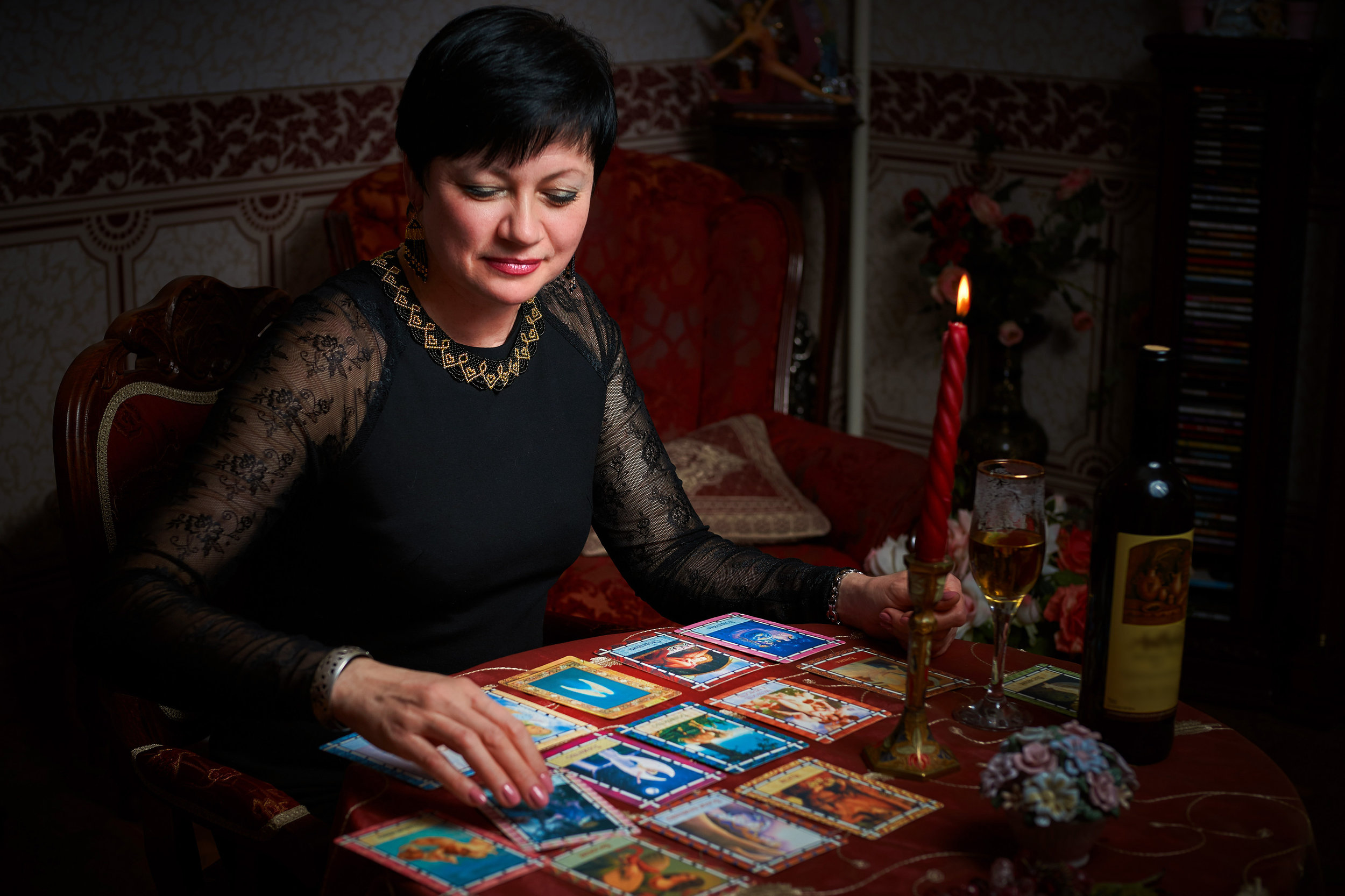
Welcome to my Community Blog for tarot enthusiasts.
Anyone with an interest in tarot, be they student, artist, collector, writer, teacher or reader, is welcome to
to include here.
Are Yes or No Questions a Yes or a No?
Sometimes the right question is many questions. Sometimes one is all you need.
Are Yes or No Questions a Yes or a No?
Tarot Tip
Glance through any online tarot study group and you will most certainly find a variety of opinions about posing yes or no questions of tarot. Some readers are sure that tarot simply can’t answer yes or no questions effectively. Others believe that if tarot has merit, we must be able to use it to answer any sort of question. Many readers discover or create techniques to answer yes/no questions, with varying degrees of success. Some experienced readers wisely warn that if you focus only on getting a yes/no answer you might miss the greater wisdom that would be made available by asking an open-ended question.
One thing that many find helpful is the technique of rephrasing a question. Very often we use this technique to avoid the yes/no. For example, any yes/no question that begins with a word like “Will” or “Should” or “Does” can easily be rephrased to “What do I need to know about…”
But, is there harm in asking the question first exactly as you wanted to phrase it – a yes or no question – just to see what comes up?
One thing that seems to be increasingly true for me over the years is that with tarot, all-or-nothing or always-or-never rarely seems to be helpful. Very often my answer to students who ask questions about whether tarot can or will work in certain ways is “Sometimes”!
I think many of us work best with tarot when we apply a “Let’s see what happens” approach. I also know that the best readers are able to use a vast array of techniques in their practice. That way, when one technique does not yield a clear answer, another technique can be employed.
When I have a yes/no question, I start by simply asking that question, and pulling a card. Sometimes the answer is very clear. Sometimes it’s not.
If the answer isn’t clear, I take that to mean that the situation isn’t simple enough to warrant a yes/no answer. Then, it is time to fashion a series of questions about the issue at hand, or to create a full spread for that issue.
I have often seen tarotists dismayed and discouraged when they felt that tarot did not answer their question in an understandable way. Yet, this situation is easily remedied by using a disappointing divination as a jumping-off point for a new, deeper divination.
Suppose your question is “Will I get the job I applied for?” and the card you pull in answer is the Ace of Pentacles. To me, in the context of the question, that would be a solid and emphatic yes. You might have other questions about the job. You can feel free to ask them and pull cards or do a spread to answer them.
Suppose, though, that the card you received in answer to that question didn’t feel like a clear yes or no. Suppose the card you pulled was the Hanged Man, or the Nine of Wands. When this happens, you can assume the situation is a bit complicated. Now it’s time to ask open-ended questions such as “What do I need to know about this job?” Perhaps you want to create a spread or perform a dialogue with questions about the job, your career path, and what you can expect.
If we are willing to let tarot answer the way it can, we can begin our divination with any sort of question. If we accept that one possible answer might be “Let’s dig deeper”, there is no way we can go wrong!
Tips for Tarot Readers: Look Deeper
The deeper you look, the more you see.
Tips for Tarot Readers: Look Deeper
I am often struck by the tendency of tarot readers to, in a reading, land on a clear interpretation for a card and then, refuse to see anything deeper in it.
Here’s an example to help you understand what I mean.
Imagine reading for someone who gets Justice Reversed in a past position. You might ask if there had been any unfair situations or dealing with legal matters recently.
Suppose he answers that, yes, he had just spent the weekend in jail and the charges were subsequently dropped.
End of story? It could be; the story fits the cards.
But then, imagine that, as the reading continues, you find out that a bit further in the past he was in an actual war. Not as a soldier, but as a civilian whose homeland was invaded. That would be Justice Reversed in the past as well.
Not every card that appears will reference more than one event, but some will. There are a couple of techniques that can help you discern if a card might be speaking to more than one thing, and therefore maybe even establishing a pattern.
First, you can always ask. “Is there anything else in your past that might show up as unfairness, or a harmful action regarding the law or government?” If the client says there isn’t, just move on.
Second, you can simply pay attention. Remember the cards that appear, even if you pick them up to perform another spread. If something comes up that resonates with a card you have already interpreted, there is no problem with going back and connecting more than one event or meaning with that card.
If you start to see a traumatic pattern you have the opportunity to read on that specifically, and help the client find ways to acknowledge, heal and release that trauma.
By letting the cards speak more fully we are able to give more complete readings.



